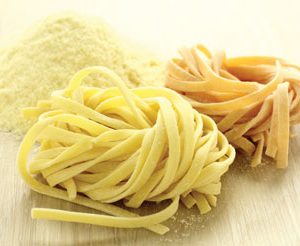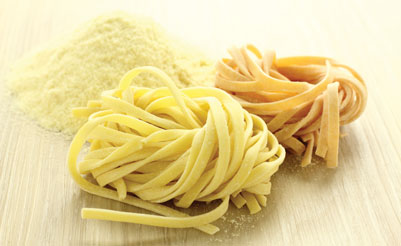Pasta extrusion: Conversion of semolina into pasta
27 October 2014 | By Frank A. Manthey and Elena de la Peña, North Dakota State University
Formation of gluten-based dough requires the presence of gluten proteins, gliadin and glutenin, moisture, and energy. Gliadin and glutenin proteins are storage proteins that accumulate in wheat endosperm cells during grain filling. Gliadins are a heterogenous group of single chain proteins that are responsible for dough cohesiveness. Gliadin proteins can…























